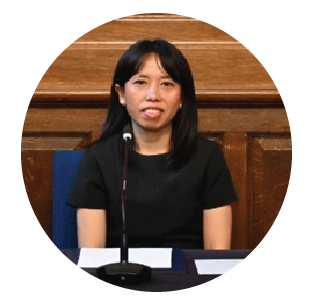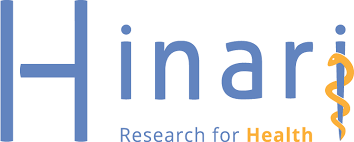THE APPLICATION OF USING GEL PAD AS A MEDIUM FOR ULTRASOUND SHOULDER

Downloads
Background: A conductive medium on ultrasound is a medium that is used to obtain sound wave transmission by minimizing air between the transducer and the skin. This study used materials that are easily foundsuch as gel wax and paraffin for making the gel pad. A good oil and mineral based wax gel are used as a basic ingredient for ultrasound gel making. Gel pad can be used to minimize the structure of unauthorized organs. One of which is the shoulder.Purpose: This study aims to determine the quality of the image in the use of standard gel, and the use of gel pad as a medium for ultrasound shoulder. Method: Gel pad is made by mixing gel wax and paraffin ingredients. This gel is used to obtain images from ultrasound investigation. The study used 16 samples with a total of 64 images obtained in which 32 images using standard gel and gel pad in the long axis position and 32 images using standard gel and gel pad in the short axis position. The analysis of image results is done using matlab image processing to assess SNR. The image quality obtained from the results of the questionnaire was assessed by a specialist in radiology. Image quality processing based on SNR was tested using independent T test. Meanwhile, the results of image quality from the questionnaire assessment were tested using Wilcoxon. Result: As many as 64 objects were obtained using standard gel. The gel pad showed that there were significant differences in the results of image quality based on SNR values. In the results of the questionnaire assessment, there are several anatomic organs that have no significant differences.Conclusion: The use of standard gel was still higher compared to the use of gel pad. The gel pad is able to become a standard gel alternative on ultrasound shoulder examination.
Azhari, H., 2010. Basics of Biomedical Ultrasound for Engineers Wiley - IEEE. John Wiley and Sons.
Bushberg, J.T., Siebert, J.A., Edwin M. Leidhold, J., Boone, J.M., 2002. The Essential Physics for Medical Imaging 2nd edition. Lippincott Wiliiams & Wilkins, Philadelphia.
Lee, D., 2000. Musculoskeletal Ultrasound. Semin. Ultrasound CT MRI 21, 163–284.
Maneas, E., Xia, W., Ogunlade, O., Fonseca, M., Nikitichev, D.I., David, A.L., West, S.J., Ourselin, S., Hebden, J.C., Vercauteren, T., Desjardins, A.E., 2018. Gel Wax-Based Tissue-Mimicking Phantoms for Multispectral Photoacoustic Imaging. Biomed. Opt. Express 1, 1151–1163.
Organization, W.H., Medicine, W.F. for U. in and B., 2003. Manual Diagnostic of Ultrasound.
Rasmussen, O.S., 2000. Sonography of Tendons. Scand. J. Med. Sci. Sport. 10, 360–364.
Serafin-Król, M., Maliborski, A., 2017. Diagnostic Errors in Musculoskeletal Ultrasound Imaging and How to Avoid Them. J. Ultrason. 17, 188–196.
Swarjana, K.I., 2015. Metodologi Penelitian Kesehatan (Ed. Revisi). Andi Offset.
Tsui, C.-H., Tsui, J.J., 2012. A Flexible Gel Pad as An Effective Medium for Scanning Irregular Surface Anatomy. Can. J. Anesth. 59, 226–227.
Vieira, S.L., Pavan, T.Z., Junior, J.E., Carneiro, A.A.O., 2013. Paraffin-Gel Tissue-Mimicking Material for Ultrasound-Guided Needle Biopsy Phantom. Ultrasound Med. Biol. 39, 2477–2484.
Woo, J.-W., Kim, S.K., Park, I., Choe, J.H., Kim, J.-H., Kim, J.S., 2017. A Novel Gel Pad Laryngeal Ultrasound for Vocal Cord Evaluation. Thyroid 27, 553–557.
Copyright (c) 2020 Journal of Vocational Health Studies

This work is licensed under a Creative Commons Attribution-NonCommercial-ShareAlike 4.0 International License.
- The authors agree to transfer the transfer copyright of the article to the Journal of Vocational Health Studies (JVHS) effective if and when the paper is accepted for publication.
- Legal formal aspect of journal publication accessibility refers to Creative Commons Attribution-NonCommercial-ShareAlike (CC BY-NC-SA), implies that publication can be used for non-commercial purposes in its original form.
- Every publications (printed/electronic) are open access for educational purposes, research, and library. Other that the aims mentioned above, editorial board is not responsible for copyright violation.
Journal of Vocational Health Studies is licensed under a Creative Commons Attribution-NonCommercial-ShareAlike 4.0 International License














































